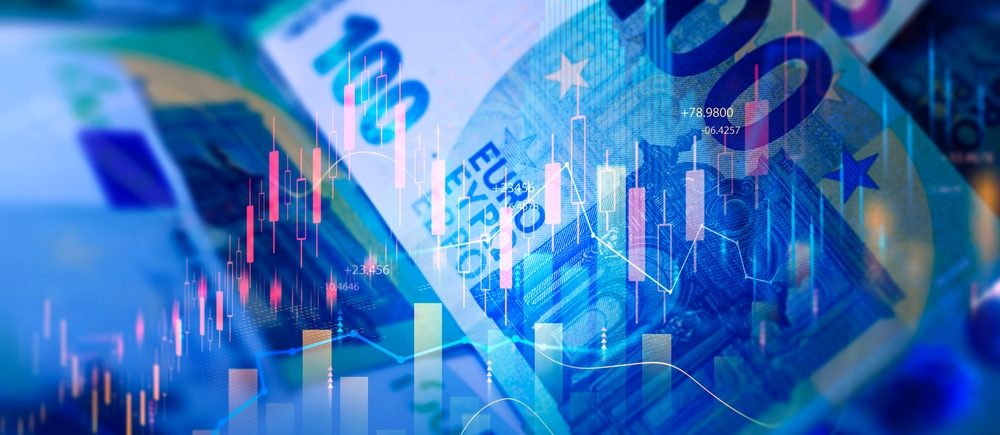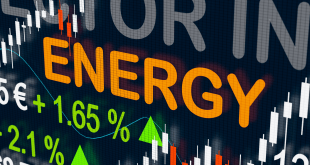The European Union issued an urgent directive to its 450 million citizens: stockpile 72 hours’ worth of supplies to brace for potential crises. Framed as a safeguard against “emerging threats,” this move—while not explicitly tied to Russia’s aggression in Ukraine—signals a bloc-wide push to fortify resilience amid rising geopolitical and hybrid risks. For investors, this isn’t just a public safety memo; it’s a flashing signal of uncertainty that could ripple through markets and asset prices. Here’s what the EU’s disaster prep means for the financial landscape.
A Strategic Shift with Market Implications
The EU’s call to action, announced Wednesday, is part of a broader strategy to shore up its defenses. “We face an increasing number of external security challenges and a growing number of hybrid attacks in our common European space,” said Kaja Kallas, the EU’s foreign affairs and security representative. This spans military coordination and critical infrastructure—like hospitals and telecoms—but the standout directive is for citizens to stockpile essentials. Hadja Lahbib, the EU’s preparedness and crisis management commissioner, noted that member states will tailor specifics to their unique risks, amplifying the sense of a continent on edge.
For markets, this isn’t background noise. Heightened disaster prep hints at scenarios—geopolitical flare-ups, energy grid failures, or supply chain shocks—that could jolt asset prices. European equities, already sensitive to energy costs and trade flows, may face volatility as investors weigh the odds of disruption. Safe-haven assets like gold and government bonds could see demand spikes if tensions escalate, while commodities tied to emergency stockpiles—think grains, water-related infrastructure, or energy—might catch a bid.
Stockpiling Basics: A Clue to Economic Pressures
The EU’s 72-hour benchmark includes water (a gallon per person daily), non-perishable foods (nuts, canned goods, dried fruits), and essentials like radios and first aid kits. Experts argue this is a bare minimum—better suited to fleeting outages than prolonged crises—pushing for two-week reserves instead. But even three days’ worth could strain households, especially with inflation still biting. “Many can’t afford daily meals, let alone extras,” specialists warn, spotlighting economic fragility.
This has a dual edge for markets. Consumer staples—think Nestlé, Unilever, or Danone—could see short-term boosts as stockpiling lifts demand for shelf-stable goods. Yet, the inability of lower-income Europeans to comply signals weak discretionary spending power, a red flag for broader retail and growth stocks. Currency markets might feel it too: a jittery euro could soften against the dollar if confidence in EU stability wavers.
Beyond 72 Hours: The Real Risk Calculus
The EU’s focus on short-term prep belies bigger worries. A grid-down scenario—whether from conflict or natural disaster—could paralyze economies for weeks, experts say. That’s a stress test for energy markets, already stretched by reliance on volatile gas supplies. Oil and renewables could rally if infrastructure fears mount, while utilities face scrutiny over resilience. Real estate in geopolitically exposed regions might soften as risk premiums climb, while logistics firms could pivot to capitalize on supply chain contingency demand.
Mental resilience—board games, not screens—also hints at prolonged isolation scenarios, a subtle nod to potential trade and mobility disruptions. For investors, this underscores defensive positioning: cash, hedges, or assets untethered to EU grid risks.
Markets Reading the Subtext
The EU’s advisory isn’t just about canned beans—it’s a proxy for unease. Hybrid threats and geopolitical shadows suggest a bloc preparing for tail risks, not just thunderstorms. Gold’s appeal as a chaos hedge could firm up, with prices testing recent highs if sentiment sours. European bond yields might compress as flight-to-safety flows dominate, though fiscal strain from crisis spending could cap that relief. Equity indices like the Euro Stoxx 50 may wobble, especially if energy or transport sectors falter.
The kicker? Timing and scale are unclear. A 72-hour stockpile is a low bar, but the messaging screams caution. For asset prices, it’s a slow-burn catalyst—less about immediate panic, more about recalibrating risk. Investors might lean into resilience plays (commodities, staples, infrastructure) while eyeing exits from overexposed cyclicals. In a world of emerging threats, the EU’s move whispers one thing to markets: brace for impact.

 Noor Trends News, Technical Analysis, Educational Tools and Recommendations
Noor Trends News, Technical Analysis, Educational Tools and Recommendations



